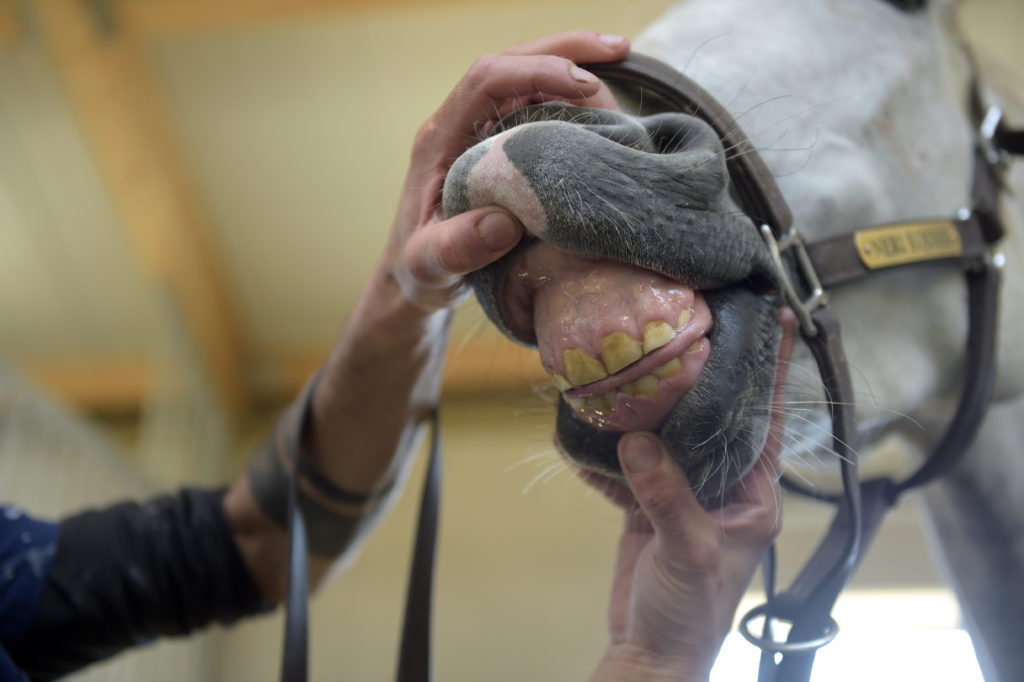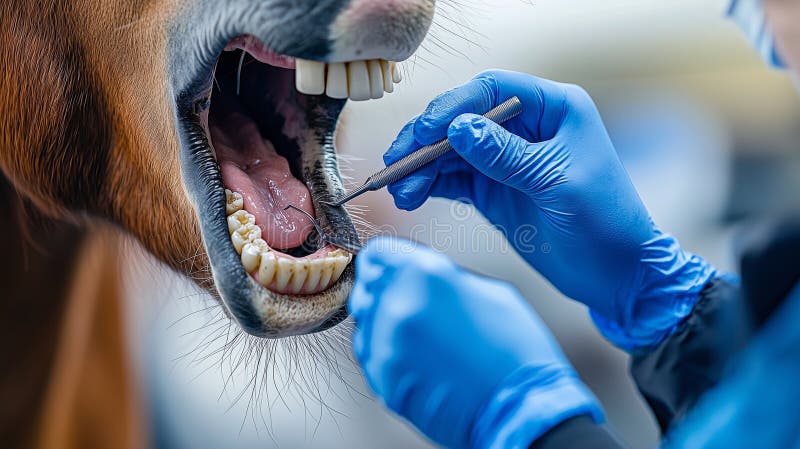Taking care of your horse’s dental health is crucial for their overall well-being. Horse dentistry basics include understanding the anatomy of a horse’s mouth, recognizing signs of dental issues, and knowing how to maintain their dental health. Horses, like humans, require regular dental check-ups to ensure they are in good condition. Neglecting these basics can lead to serious health problems.
In this article, we will explore everything you need to know about horse dentistry basics, from the structure of a horse’s teeth to the importance of regular dental care. Whether you’re a seasoned equestrian or new to horse ownership, this guide will provide valuable insights into maintaining your horse’s dental health.

The Anatomy of a Horse’s Mouth
Understanding the anatomy of a horse’s mouth is the first step in mastering horse dentistry basics. Horses have a unique dental structure that requires special care. Their mouths contain incisors, canines, premolars, and molars, each serving a different purpose in their diet and overall health.
Incisors and Canines
Horses use their incisors primarily for cutting grass and other forage. These teeth are located at the front of the mouth and are essential for grazing. Behind the incisors, some horses also have canines, which are more common in males.
Premolars and Molars
The premolars and molars are located towards the back of the horse’s mouth and are responsible for grinding food. This grinding action is crucial for proper digestion. Regular dental care ensures these teeth do not develop sharp points that can cause discomfort.
Recognizing Signs of Dental Issues
One of the most important aspects of horse dentistry basics is recognizing when your horse might have dental issues. Regular observation and understanding the signs can prevent more serious problems.
Behavioral Changes
Changes in your horse’s behavior can often indicate dental problems. For instance, if your horse is reluctant to eat, drops food while chewing, or shows signs of discomfort while wearing a bridle, it might be time to check their teeth.
Physical Symptoms
Look for physical signs such as weight loss, foul odor from the mouth, or excessive drooling. These symptoms can be indicative of dental issues that require immediate attention.
Importance of Regular Dental Care
Regular dental check-ups are a cornerstone of horse dentistry basics. By ensuring your horse’s teeth are in good condition, you can prevent a host of health issues and improve their quality of life.
Professional Dental Examinations
Having a professional equine dentist examine your horse’s teeth at least once a year is recommended. These experts are trained to detect and treat various dental issues, ensuring your horse remains healthy and comfortable.
Daily Maintenance and Care
In addition to professional care, daily maintenance is also important. This includes regularly inspecting your horse’s mouth for any abnormalities and ensuring they have a diet that supports dental health.

FAQs
How often should a horse have a dental check-up?
It is generally recommended for horses to have a dental check-up at least once a year. However, younger and older horses might require more frequent examinations.
What are common dental issues in horses?
Common dental issues in horses include sharp enamel points, loose teeth, and gum disease. Recognizing these issues early can prevent more serious health problems.
Can diet affect a horse’s dental health?
Yes, diet plays a significant role in maintaining a horse’s dental health. Providing a balanced diet with adequate fiber helps in natural teeth wear, reducing the risk of dental problems.
For more information on horse dentistry basics, you can visit this equine dentistry basics page. Additionally, learn about maintaining your horse’s overall health through proper grooming and care with these fly repellents and dry skin shampoos.
This article contains affiliate links. We may earn a commission at no extra cost to you.
